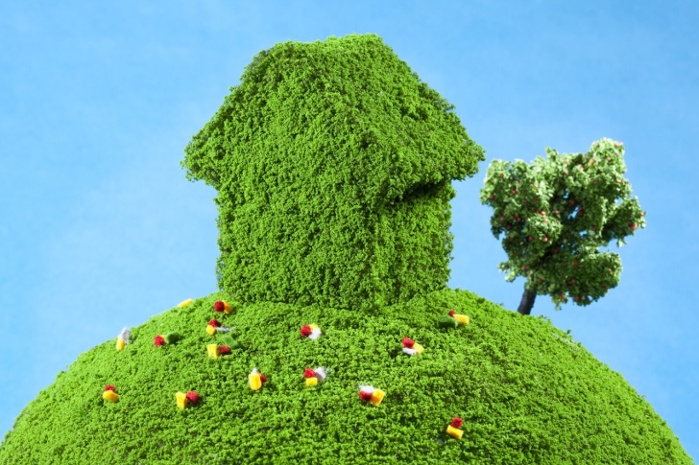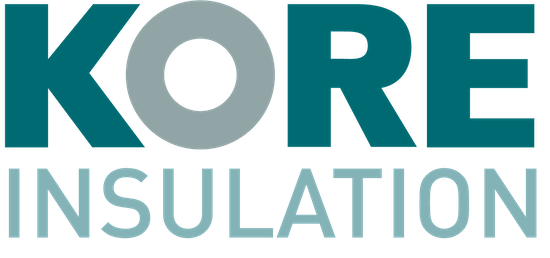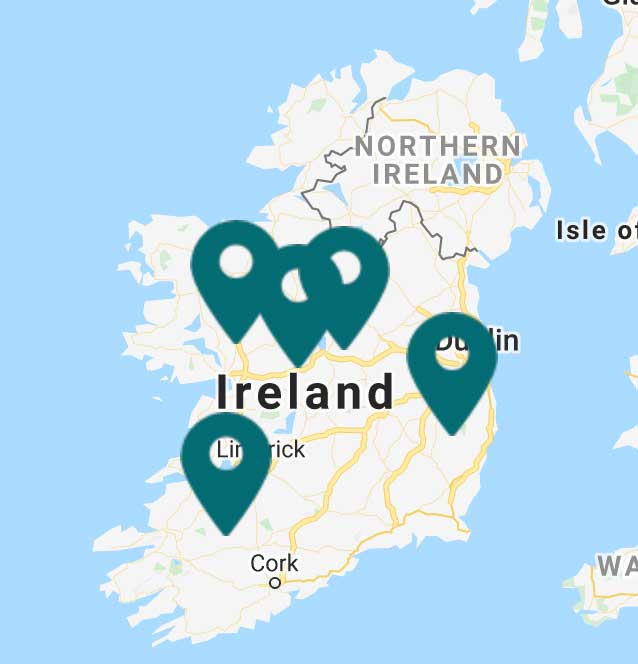
At KORE we’re all about sustainability and finding ways to reduce our carbon footprint and overall impact on the environment. It’s just one of the many reasons we’re so passionate about insulation!
While we realise one person, or one company for that matter, can’t save the environment, everyone can do their part to help drive change. That’s why we’ve put together a list of small steps you can take to reduce your individual carbon footprint and live a greener lifestyle. You may even end up saving a bit of money along the way.
1. Find ways to reduce your energy consumption at home
If you’re conscious about the energy your using it’s not hard to find ways to reduce your consumption. Here’s a few tips to get you started:
· Turn off the lights when you leave a room (and install LED light bulbs while you’re at it)
· Put outdoor lighting on a timer or use solar powered lighting wherever possible
· Wash your clothes on a cold water cycle and make sure you only wash clothes when you have a full load
· Hang dry your clothes outdoors instead of using an electric dryer
· Turn down your thermostat one degree. You’ll save about 10% on your energy use for every degree
· Service your boiler and heating system on an annual basis to keep it running efficiently
· Keep your showers short – especially if you’re using an electric shower
· Turn off your computers at night instead of leaving them in sleep mode
· Unplug any electrical appliances that you intend to keep in sleep mode for an extended period of time
· Use rechargeable batteries whenever possible
Reducing your energy usage at home can be easier than you think. Be mindful and active in the process and monitoring your energy usage will become a habit.
2. Think about transportation
Depending on where you live driving a car to work may be unavoidable. If you can, think about the changes you can make to get around:
· Use public transportation whenever possible
· Ride a bike or walk
· Carpool with other people or look into ride sharing. There are websites dedicated to helping people find rides!
If you’re in the market for a new car consider a hybrid or electric vehicle. There is a network of over 1,500 charging stations across Ireland; most are provided free of charge and may even offer preferred parking spots in town.
SEAI offers an Electric Vehicle Grant Scheme for fully electric and plug-in hybrid models. You could qualify for a grant of up to €5,000 and a reduced or no cost VRT depending on the model you choose. The grant is available for the first 6,000 electric vehicles purchased in Ireland.
If you’re not in a position to buy an electric vehicle make sure you compare the emissions and fuel range on any car you purchase. The longer the range, the more money you’ll save when filling up. You’ll also pay less for your road tax when purchasing a car with lower emissions.
3. Watch what you toss in the bins
This really goes without saying. If you can recycle a product, make sure to recycle it instead of mixing it in with the rest of your waste. Most items that can be recycled will have a marking on the packaging to let you know. This usually includes plastics, glass and paper items. It’s a no-brainer to always throw your waste in a bin. Don’t throw it out the window of your car or leave it on the ground. Be responsible and dispose of all your waste properly.
Avoid purchasing goods that contain large amounts of packaging. Look for products that keep it simple. If you can, don’t purchase bottled water and instead use a refillable bottle that you can take with you. Most plastic bottles end up in landfills and take decades to decompose. If you have to purchase bottled water, make sure you buy a brand that allows you to recycle the packaging once you’re finished.
You can consider composting certain products rather than throwing it away. Your waste will take up less space in landfills and can make a great fertiliser for your garden.
4. Reduce your water consumption
If you’ve been keeping up with the news you may have noticed many areas around the world are experiencing record-breaking drought. It only makes sense to reduce your water usage whenever possible. You can
· Check for leaks in any water pipes or constant dripping from faucets
· Install water-saving shower heads and take shorter showers
· Turn off the water while you’re brushing your teeth
· Only run the dishwasher when you have a full load (and don’t rinse dishes beforehand)
· Use a pail of soapy water when you wash your car instead of constantly using the hose
· Use a water meter to check for leaks
· Capture rainwater for use in the garden, flower pots, window washing and other outdoor activities
5. Think energy efficiency
The residential sector accounts for 27pc of all primary energy used in Ireland. It’s also responsible for 27pc of all CO2 emissions. This amounts to approximately 10.5 million tonnes of carbon dioxide every year! In Europe as a whole, buildings account for about 40pc of all primary energy consumed. In other words, we need to start focusing on the energy efficiency of our existing building stock and build to higher energy standards moving forward.
One way to reduce a building’s energy consumption is to increase the building’s envelope. For example:
· Insulating cavity walls with cavity wall insulation
· Insulating hollow block and solid block walls with external insulation or internal wall dry lining
· Insulating the attic and roof
· Draught proofing the building around windows, doors, fireplaces, letterboxes and cracks in exterior walls
· Focusing on upgrading the overall air tightness of the building
If you’re building a new home try to build to the Passive House Standard. You should aim for the lowest U-values possible within your budget. Focus on reducing thermal bridges and thermal looping, and ensure the building is properly ventilated to allow fresh air to enter the home. Choose a building site the maximises solar gain so you can use the sun to your advantage. You can significantly reduce your heating costs with the correct placement of windows. Good natural lighting is always a plus.
6. Think renewable
Utilise renewable energy as much as you possibly can. You can install solar panels in your home to heat water or create electricity, or install a heat pump or biomass boiler to generate heat for space heating.
Install a heat recovery ventilation system to heat fresh air with the stale, warm air as it exits your home. A home built to Passive House Standards should generate enough heat from the appliances, occupants and heat recovery ventilation system that you may not even need a traditional heating system at all.
If you can, aim for a net-zero energy home. This means your house will generate about as much energy as it consumes over the course of a year. With the right design, you could even aim for a net positive energy home, meaning you’ll generate more energy than is consumed. Interested? Learn more about the Passive House Plus and Premium categories.
Do you have any tips you’d add to this list? Be sure to comment and share your thoughts using the form below.
If you’re ready to start saving energy at home, learn more about the insulation grants and incentives available to help offset the cost of installing energy efficiency measures.

